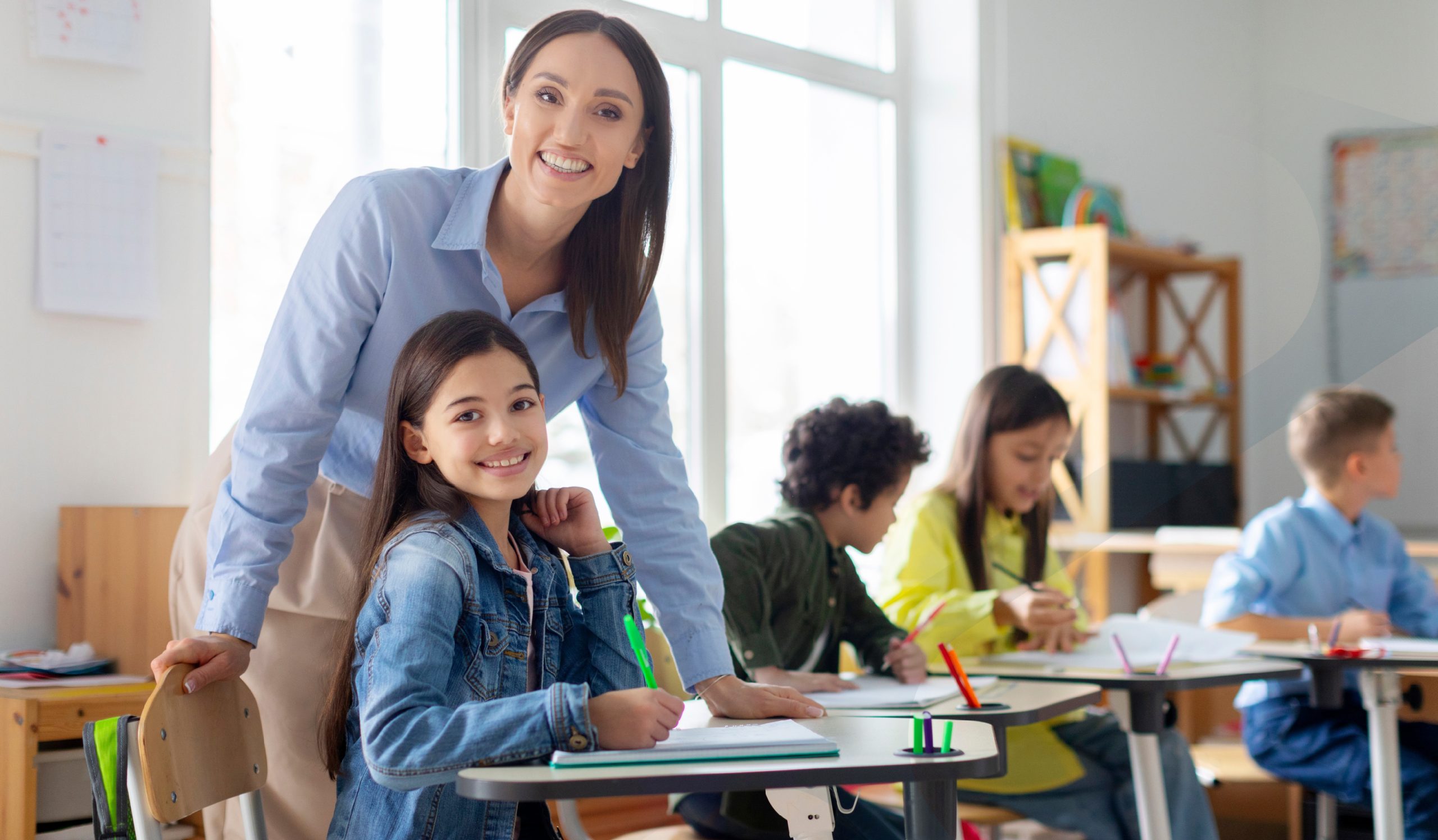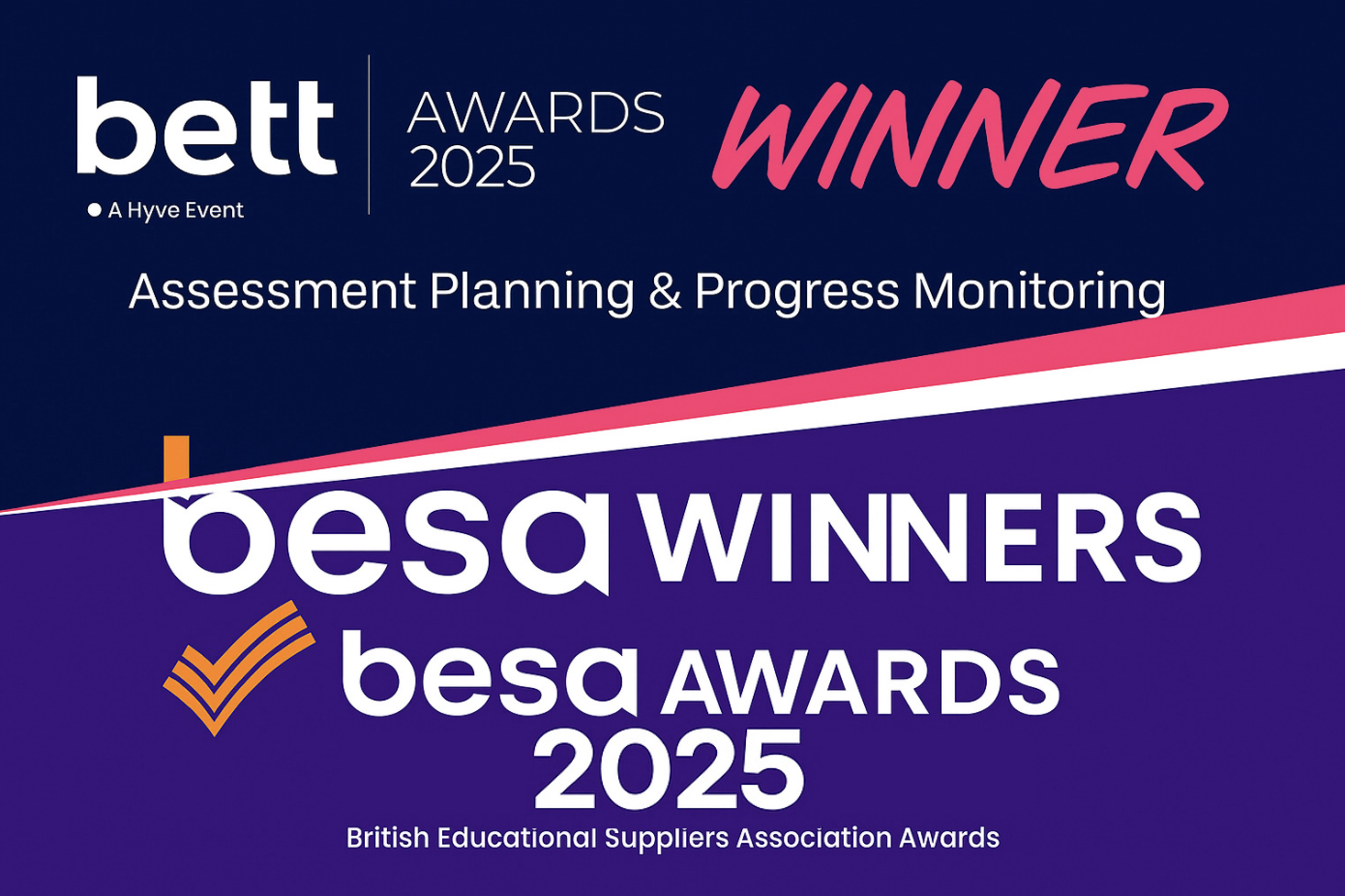Finding the Calm Beneath the Stormy Seas by:
Josianne Pisani & Jo Bradley
“I was working so much and when I wasn’t at work, I was thinking about work. The work I hadn’t got done, the planning I still needed to do, the tasks looming ahead and conversations I needed to have.”
If this sounds like the norm to you, that’s because for most of us it is. Separating personal and working life is often difficult, in certain professions perhaps more than in others. Sooner or later they blend into each other and we almost feel guilty that we are doing anything other than work. Did you know that 67% of professionals are currently experiencing moderate to high levels of stress with 60% experiencing anxiety on a daily basis and a staggering 76% also experiencing stressors outside of work?
And it’s not only us adults that feel this way. Same goes for children - school is their equivalent of work, and they are going through the same motions as us. There’s so much they need to do, so many expectations, it can be overwhelming at times. It’s no surprise then that things get on top of them too.
Identifying our mental and emotional needs and knowing what to do about it does not come easy to everyone, so PAGS spoke to Jo Bradley to help us understand it a little bit better. In her own words, stress and anxiety are present in all of us irrelevant of age, compromising our health and happiness.
So what creates this turmoil in us in the first place?
Jo explained how the pace of our lives coupled with expectations leaves very little space for mental processing and emotional reflection or to stand back to ‘observe’ the bigger picture. This applies to professionals, parents, educators and students alike, particularly those with special educational needs. Seasonal changes affect our effectiveness too - dark mornings and evenings vs longer, lighter days.
What could help us navigate through it?
Both adults and children need skills to know where they can find comfort, safety and to feel settled. Self-regulation is crucial for both children and adults. When we equip and empower ourselves with self-awareness and self-soothing strategies, we allow ourselves to be with the experience of stress and anxiety rather than letting it take hold of us. Added to this, if an adult is able to parent or look after children from a safe, settled space, they are able to co-regulate with their children or the children in their care.
How do we do this?
We are all different, so although we may ‘feel’ stress, anxiety and discomfort in similar places in our body (increased heart-rate, sweating, shallow breathing, contracted shoulders/chest, butterflies in the tummy, shaking etc), each of us experiences these feelings in different places and with different intensity. The associated mental activity is also unique to the individual’s life experiences. It’s important for children and adults to become body literate so they can learn to ‘read’ their body signals and cues. Young children and adults alike can do this.
We need, first and foremost, to be aware of it though, recognise that it’s present, and investigate with an open-curiosity (within the safe tolerance of the individual). Also having strategies that support the discomfort that comes from these feelings. Mindful and well-being practices such as writing, drawing, listening to sounds/music, movement and talking are all suitable suggestions.
What are the benefits of mindfulness and wellbeing then?
So many! Improved focus and concentration for learning, regulated nervous systems as we start to use our breath and body to move through our emotional visitors, emotional regulation during challenging experiences, improved sleep, confidence in new situations and increased compassion for ourselves and others.
What’s your advice to professionals, educators, parents and learners out there?
Breathe deeply and regularly. Invite breathing practices, mindful pauses and movement into your day. Talk and find support networks. For those of you who are educators, practise well-being for you first and let the kids observe you in action and the difference it makes in that moment! No need for teaching it, just do it!
If you are a parent, do it for yourself. Put yourself first and let your family see you doing it. Learn how to breathe deeply and practise it often. Move, dance, sing, write, whatever makes you feel good - invite some fun and joy into your life wherever and whenever possible.
What we think and how we feel affects the way we perform, learn, relate and connect. Where possible, get fresh air and exercise. Notice when your feelings change and know that they will pass and change. If you need help, ask for it. You are capable of great things, it’s important to look after your mind and body so they serve you well for life. This is particularly important for young learners.
What’s your last word then?
If we want education to shape the future of our learners, we need to start prioritising a culture of mental and emotional wellbeing for ourselves, people working with us, staff and students alike rather than it being an after-thought. Leading by example is very powerful, but often uneasy to do. But we can learn it.
About the Authors
Josianne Pisani is a teacher, teacher trainer and a PAGS professional. PAGS supports parents, schools and professionals to improve the process of identifying special educational needs. It encompasses a range of needs, so be it emotional wellbeing, behavioural challenges, social interaction or cognitive needs, we've got you covered.
You can now screen any learner with our free self-regulation digital assessment here.
Jo Bradley moved into primary school teaching after earning her degree and progressed to the role of Assistant Head thereafter, supporting other schools and trusts. She left teaching in 2014, and trained to teach mindfulness. She then founded Learnful Schools to support the mental and emotional health of children, teachers and parents. You can learn more about Jo at https://www.learnful.co.uk/





